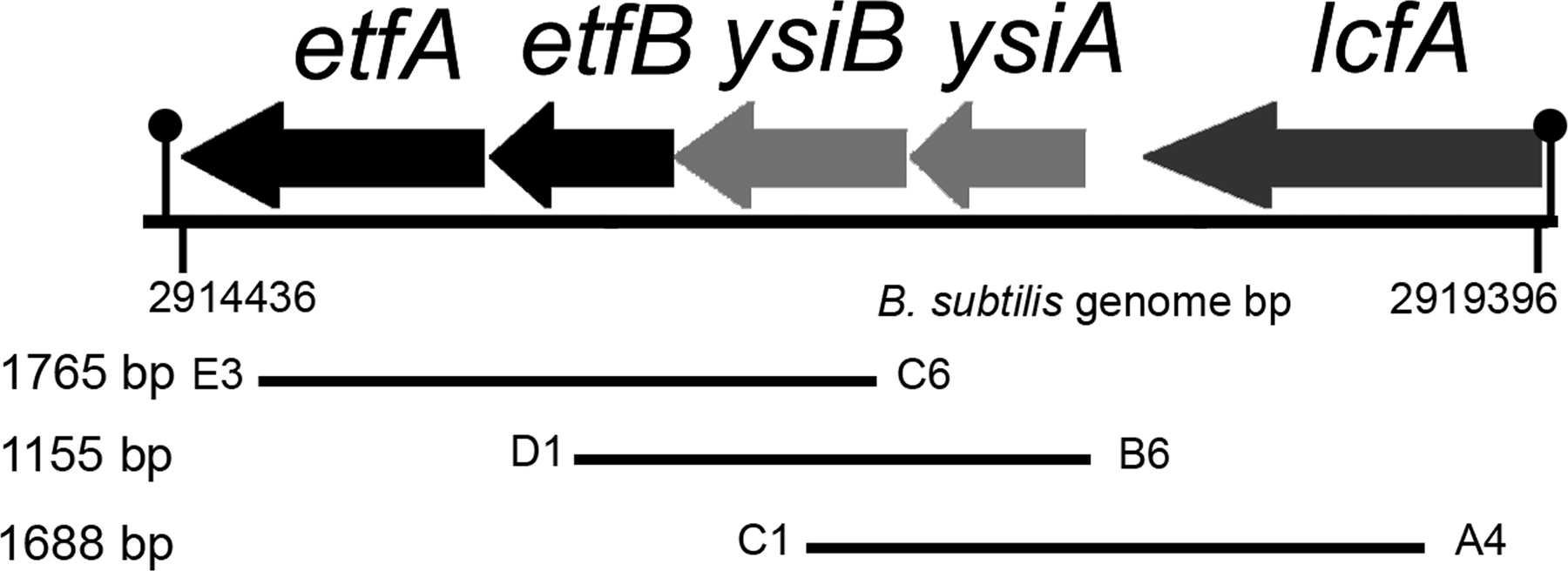Team:Newcastle:/Calcium Carbonate
From 2010.igem.org
| Line 2: | Line 2: | ||
Calcium carbonate precipitation is a widespread process among bacteria. The process are controlled by two distinct pathways, namely biologically induced pathway and the biologically controlled pathway. In the biologically controlled pathway, bacteria is able to control the precipitation of calcium carbonate and deposit it intracellularly. In contrast, in the biologically induced pathway, calcium carbonate are deposited extracellularly. No specialized cell structure or specific molecular mechanism is thought to be involved. However environmential conditions were known to play a part. | Calcium carbonate precipitation is a widespread process among bacteria. The process are controlled by two distinct pathways, namely biologically induced pathway and the biologically controlled pathway. In the biologically controlled pathway, bacteria is able to control the precipitation of calcium carbonate and deposit it intracellularly. In contrast, in the biologically induced pathway, calcium carbonate are deposited extracellularly. No specialized cell structure or specific molecular mechanism is thought to be involved. However environmential conditions were known to play a part. | ||
| + | |||
| + | |||
| + | [[image:zjb0010763500002.jpg|300px]] | ||
| + | |||
A cluster of five genes (lcfA, ysiA, ysiB, etfB, and etfA) called the lcfA operon that may involved in the calcium carbonate precipitation, as well as fatty acid metabolism in ''Bacillus subtilis''. | A cluster of five genes (lcfA, ysiA, ysiB, etfB, and etfA) called the lcfA operon that may involved in the calcium carbonate precipitation, as well as fatty acid metabolism in ''Bacillus subtilis''. | ||
Revision as of 09:31, 11 June 2010
Calcium Carbonate
Calcium carbonate precipitation is a widespread process among bacteria. The process are controlled by two distinct pathways, namely biologically induced pathway and the biologically controlled pathway. In the biologically controlled pathway, bacteria is able to control the precipitation of calcium carbonate and deposit it intracellularly. In contrast, in the biologically induced pathway, calcium carbonate are deposited extracellularly. No specialized cell structure or specific molecular mechanism is thought to be involved. However environmential conditions were known to play a part.
A cluster of five genes (lcfA, ysiA, ysiB, etfB, and etfA) called the lcfA operon that may involved in the calcium carbonate precipitation, as well as fatty acid metabolism in Bacillus subtilis.
 "
"
